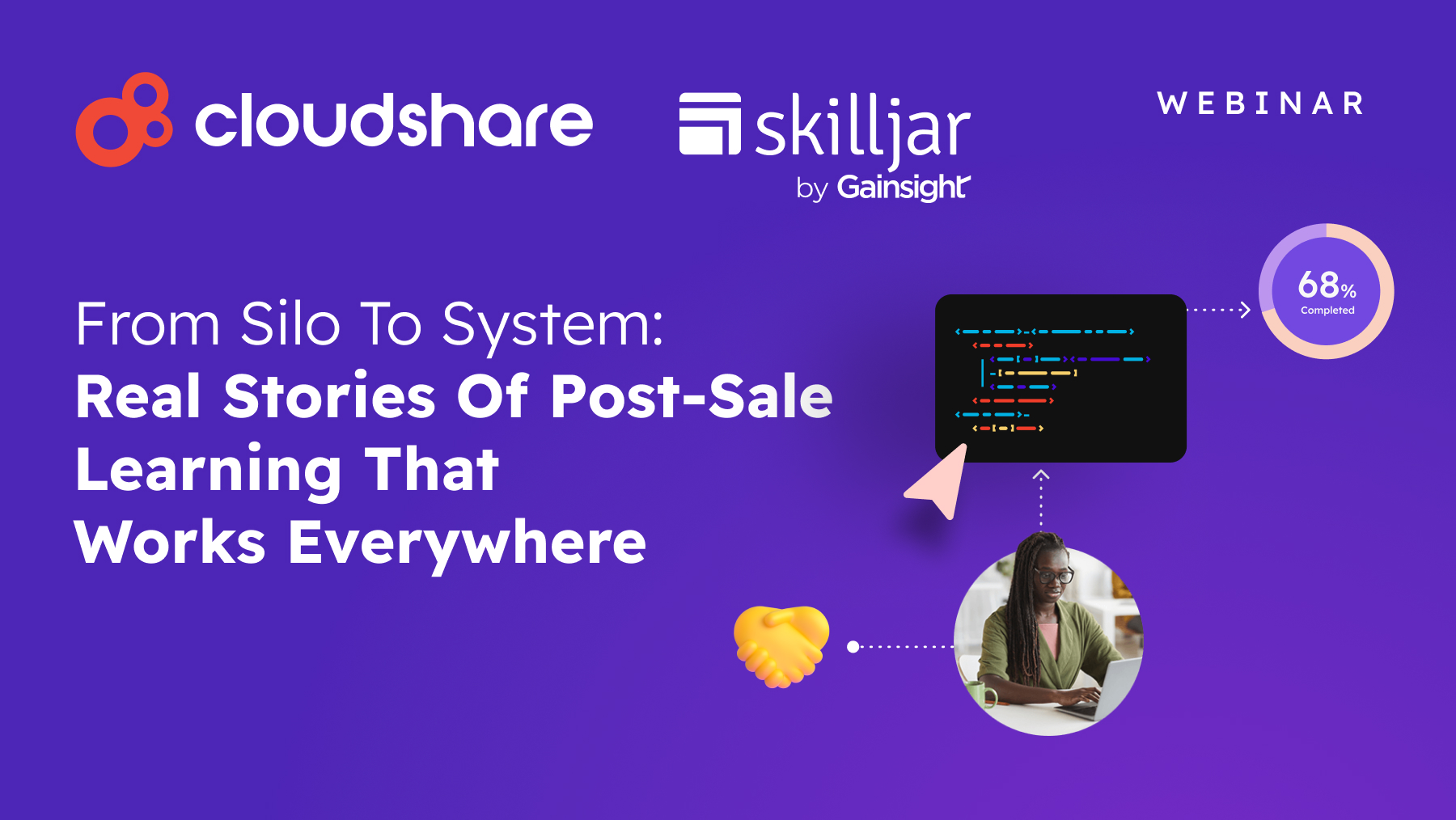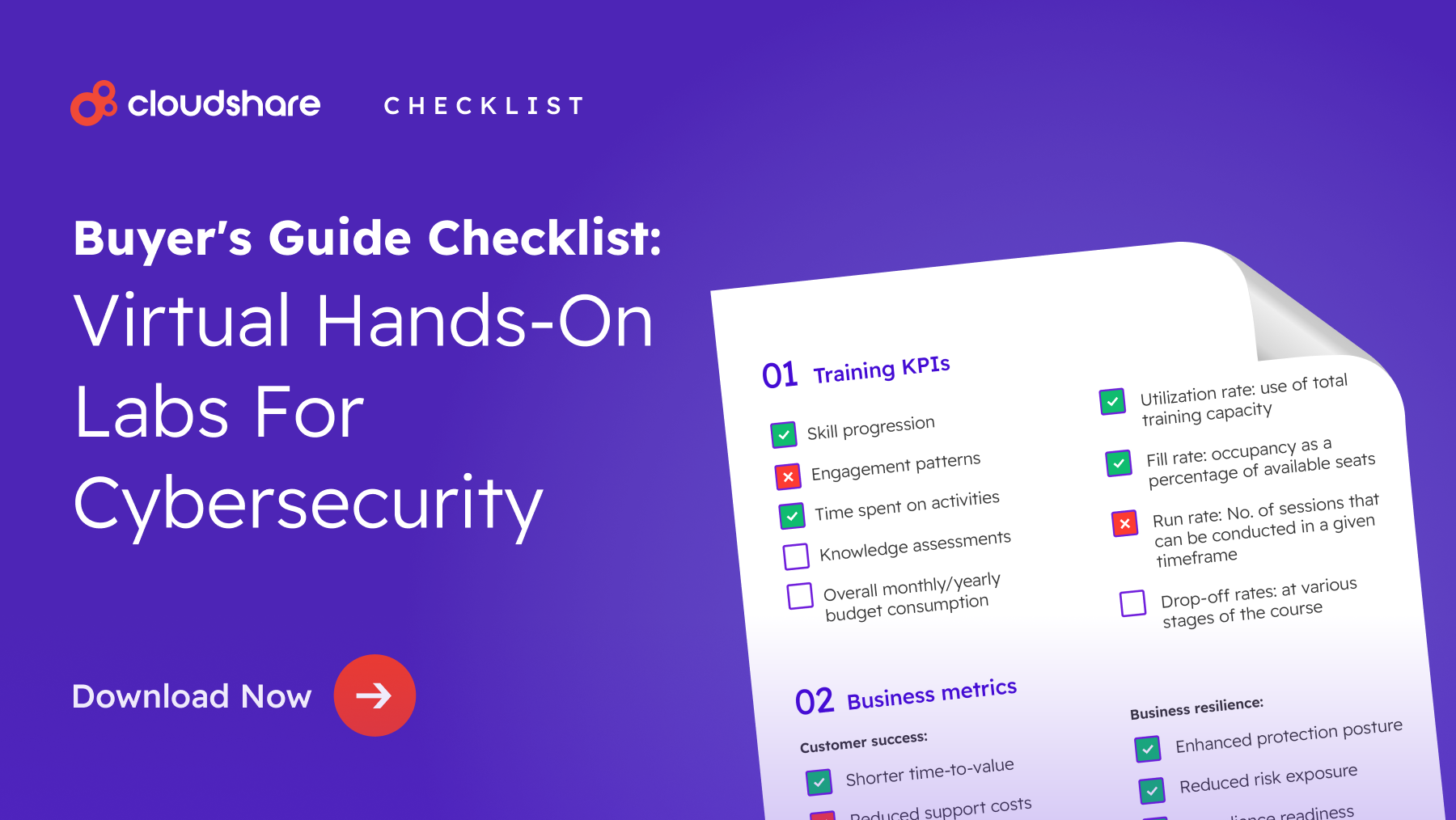
When it comes to educational content, many people use the terms accessible and inclusive interchangeably.
But while there’s plenty of overlap between the two terms, they’re still distinct from one another.
It’s important to understand how they differ and, more importantly, what to consider when designing learning content for each approach.
What is Accessible Learning?
A blind student has different learning needs than a deaf student, and the needs of both are distinct from a student with a learning disability. The core idea behind accessible learning is that each of these students should be able to access the same content as easily as possible. This is primarily achieved by anticipating and removing functional barriers.
Common accessible learning practices may include:
- Providing accurate, error-free closed captions for video content
- Creating audio descriptions of visual content
- Ensuring physical classrooms are wheelchair-friendly
- Making learning materials and equipment available free of charge to disadvantaged or low-income learners
- Offering learning material in multiple formats and modalities, such as audio, video, and digital content
- Ensuring all learning content and tools are compatible with the relevant technologies, including screen readers and speech recognition software
- Allowing flexible schedules and assessment options
To be considered accessible, online content must comply with the Web Content Accessibility Guidelines. In some regions and industries, compliance may even be required by law, with considerable fines for any company found to be non-compliant. It’s vital to familiarize yourself with any regulations you might need to follow.
Now, here’s where things can get a bit confusing. Although accessible learning and inclusive learning are distinct concepts, accessible learning is actually one of the pillars of inclusive learning. To put it another way, all inclusive learning is accessible, but not all accessible learning is inclusive.
What is Inclusive Learning?
Inclusive learning takes things a step further than accessible learning. An inclusive learning environment is not only accessible, but also welcoming and supportive of all learners while celebrating their different backgrounds and experiences. Inclusive learning acknowledges that every learner is unique not just in their learning style, but also their experience of the world.
In other words, it treats each learner as an individual, respecting what makes them special and acknowledging any challenges they might face by:
- Acknowledging marginalized backgrounds or identities that are frequently overlooked
- Celebrating diversity, recognizing the value of multiple perspectives from people with different social and cultural experiences
- Leveraging diverse imagery, concepts, and ideas
- Encouraging collaboration and understanding between learners
Another notable difference between accessible learning and inclusive learning is how they approach usability. While accessible learning strategies typically involve making special accommodations for students, the goal of inclusive learning strategies is to design innately accessible environments where those accommodations aren’t necessary. That said, it’s important to note that neither method is necessarily right or wrong. A more nuanced approach to learning and development is to acknowledge that, in some cases, you may need both inclusivity and accessibility.
Key Inclusive Teaching and Learning Strategies for the Workplace
L&D leaders and practitioners are always looking for ways to make digital training more inclusive. The following techniques are applicable to both customer education and employee training:
- Consider hiring a DEI consultant to help develop your training materials, as they may be able to provide essential context and knowledge that you lack.
- Ensure your training materials represent the various cultures, backgrounds, and experiences of your trainees.
- Provide flexible learning options to participants, including video-based virtual instructor-led training (VILT), text-based VILT, and self-paced training.
- Translate your materials into multiple languages or hire the services of a professional translator.
- Where relevant, incorporate topics such as bias, cultural competence, and inclusive best practices.
- As with accessible training, ensure all content follows the WCAG guidelines.
- Provide diversity and sensitivity training to your instructors.
- Regularly communicate with participants about their needs and to collect feedback on your DEI efforts.
- Cultivate diversity amongst both your instructors and organizational leadership wherever and whenever possible.
Next: Find the Right VILT Solution For Your Inclusive Training
Accessibility and inclusivity take many forms — but the one unifying thread is that they can’t readily be measured or quantified.
While there are frameworks you can (and should) follow, there are no metrics or quotas. Instead, you should view inclusive learning as an ongoing, iterative process where you’re constantly looking for opportunities to improve.
Once you have a few inclusive learning strategies in mind, you’ll also need to think about the technology you’ll use to support them.
Check out our list of the Top 7 Virtual Instructor-Led Training (VILT) Software Solutions.
Want more information on what to look for in your training software? We also recommend reading 8 Essential Features for Virtual Training Technology.




